Home>Gardening & Outdoor>Landscaping Ideas>What Nfl Fields Have Real Grass
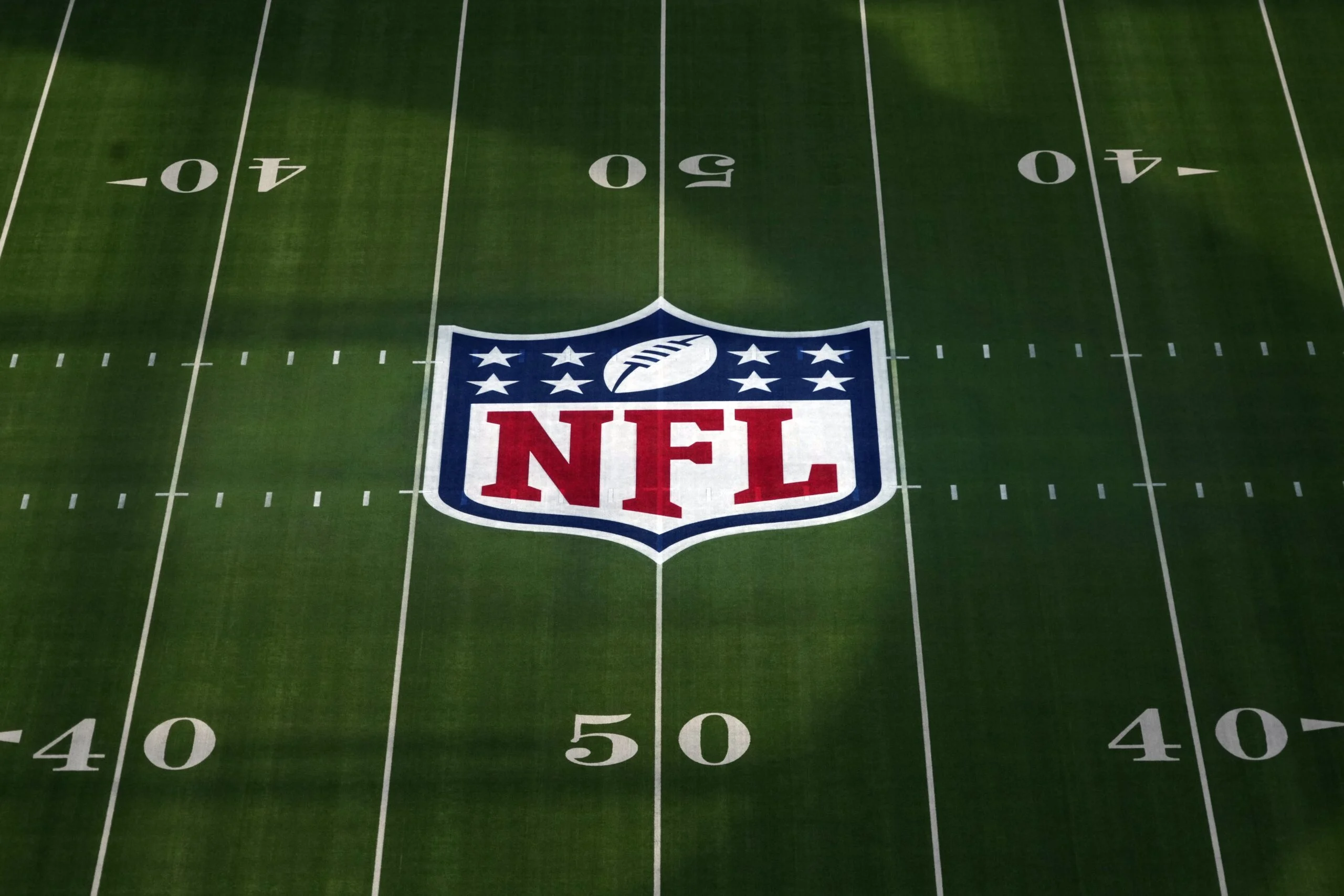

Landscaping Ideas
What Nfl Fields Have Real Grass
Modified: February 18, 2024
Discover which NFL fields have real grass and get landscaping ideas for your own yard. Find out how to create a natural, lush green space.
(Many of the links in this article redirect to a specific reviewed product. Your purchase of these products through affiliate links helps to generate commission for Storables.com, at no extra cost. Learn more)
Introduction
When it comes to sports, the playing surface is of utmost importance. In the National Football League (NFL), the choice of playing surface can significantly impact the game. While artificial turf has become increasingly popular, there is a timeless allure to the authenticity of real grass fields. The natural feel and aesthetic appeal of real grass have made it a preferred choice for many players and fans alike. In this article, we will explore the world of real grass fields in the NFL, uncovering the benefits, challenges, and the stadiums that proudly maintain these natural surfaces.
Key Takeaways:
- Real grass fields in NFL stadiums offer a natural feel, aesthetic appeal, and environmental benefits, enhancing the game experience and player safety.
- Despite challenges, NFL stadiums like Lambeau Field and Levi’s Stadium maintain real grass fields, showcasing the timeless allure and practical advantages of natural turf.
Read more: How Many Nfl Fields Have Real Grass
The Benefits of Real Grass Fields
Real grass fields offer a multitude of benefits that contribute to the overall game experience for players and spectators. Here are some of the key advantages:
- Natural Feel: Real grass provides a natural and forgiving playing surface, which can reduce the risk of injuries and concussions compared to artificial turf. It offers a more authentic playing experience, allowing players to dig their cleats into the soil and make strategic movements with confidence.
- Aesthetic Appeal: The lush green expanse of a well-maintained grass field adds to the visual appeal of the game. It creates a picturesque setting for players to showcase their skills and for fans to enjoy the game in a more natural environment.
- Environmental Benefits: Real grass fields contribute to environmental sustainability by absorbing carbon dioxide, releasing oxygen, and reducing heat. They also help in natural water filtration and provide habitat for various organisms, contributing to biodiversity in urban areas.
- Temperature Regulation: Grass fields have the ability to regulate temperature more effectively than artificial turf, providing a cooler playing surface in hot weather and reducing the risk of heat-related illnesses for players.
- Playability: Real grass fields offer excellent traction and ball movement, allowing for a more fluid and dynamic game. The natural surface can impact the strategy and tactics employed by teams, adding an extra dimension to the game.
These benefits collectively make real grass fields an attractive choice for NFL stadiums, enhancing the overall game experience and player safety.
NFL Stadiums with Real Grass Fields
While the prevalence of artificial turf has increased in modern sports stadiums, several NFL venues have remained committed to maintaining real grass fields. These stadiums prioritize the natural playing surface, embracing the unique advantages it offers. Let’s take a closer look at some of the prominent NFL stadiums that proudly feature real grass fields:
- Lambeau Field (Green Bay Packers): Known for its iconic frozen tundra, Lambeau Field boasts a natural grass playing surface. The historic stadium embraces the tradition of real grass, providing a classic football experience for players and fans alike.
- Heinz Field (Pittsburgh Steelers): Home to the Pittsburgh Steelers, Heinz Field maintains a natural grass field. The stadium’s commitment to real grass aligns with the team’s emphasis on the traditional elements of the game.
- Arrowhead Stadium (Kansas City Chiefs): Arrowhead Stadium features a lush real grass field, offering a fitting playing surface for the passionate fan base and the formidable Kansas City Chiefs.
- Lincoln Financial Field (Philadelphia Eagles): The Philadelphia Eagles play their home games on a meticulously maintained natural grass field at Lincoln Financial Field, providing a dynamic surface for exciting football action.
- Levi’s Stadium (San Francisco 49ers): Despite being located in the heart of Silicon Valley, Levi’s Stadium boasts a natural grass field, blending modern technology with the timeless appeal of real grass.
These NFL stadiums stand as a testament to the enduring allure and practical advantages of real grass fields in professional football. Their commitment to maintaining natural playing surfaces reflects the significance of tradition, aesthetics, and player well-being in the game of football.
You can find real grass fields in NFL stadiums such as Lambeau Field (Green Bay Packers), Heinz Field (Pittsburgh Steelers), and Arrowhead Stadium (Kansas City Chiefs).
Challenges of Maintaining Real Grass Fields
While real grass fields offer numerous benefits, they also present unique challenges in terms of maintenance and upkeep. The natural playing surface requires dedicated care and attention to ensure optimal playing conditions. Here are some of the key challenges associated with maintaining real grass fields in NFL stadiums:
- Weather Impact: Natural grass fields are susceptible to weather fluctuations, including extreme heat, heavy rain, and cold temperatures. These conditions can affect the turf’s resilience and necessitate proactive measures to preserve its quality.
- Field Drainage: Proper drainage is essential for real grass fields to prevent water logging and ensure consistent playing conditions. Maintaining effective drainage systems is crucial, especially in stadiums located in regions prone to inclement weather.
- Grass Growth and Health: Maintaining healthy grass growth requires expertise in soil management, irrigation, fertilization, and pest control. Groundskeeping teams must monitor the turf’s health and address any issues promptly to prevent deterioration.
- Player Usage: NFL stadiums host numerous events beyond football games, including concerts and other sporting events. Managing the wear and tear from extensive use while preserving the quality of the grass presents a significant challenge for groundskeeping crews.
- Balancing Aesthetics and Playability: Groundskeepers must strike a balance between maintaining the visual appeal of the field and ensuring optimal playability. This involves mowing, painting lines, and addressing any unevenness in the turf without compromising the integrity of the playing surface.
Addressing these challenges requires a dedicated team of groundskeepers equipped with the knowledge, resources, and technology to maintain real grass fields at the highest standards. Despite the obstacles, the timeless allure and benefits of real grass make it a worthwhile investment for NFL stadiums committed to providing an authentic and superior game experience.
Conclusion
Real grass fields hold a special place in the world of professional football, offering a range of benefits that contribute to the authenticity, aesthetics, and player experience. While the prevalence of artificial turf has grown, several NFL stadiums have remained steadfast in their commitment to maintaining natural grass playing surfaces. These stadiums have recognized the enduring appeal and advantages of real grass, embracing the challenges of upkeep to provide an unparalleled game experience.
From Lambeau Field’s frozen tundra to the lush surface of Levi’s Stadium, the presence of real grass fields in NFL stadiums underscores the timeless allure and practical advantages of natural turf. The aesthetic appeal, environmental benefits, and impact on player safety make real grass fields a compelling choice for football venues seeking to uphold tradition and elevate the game experience.
Despite the challenges of weather impact, field drainage, and grass maintenance, the dedication of groundskeeping teams ensures that these stadiums showcase pristine playing surfaces week after week. The balance between aesthetics and playability is meticulously maintained, offering players a natural and forgiving surface to showcase their skills while captivating fans with the picturesque beauty of the game.
As the NFL continues to evolve, the enduring presence of real grass fields serves as a reminder of the timeless elements that define the essence of football. The commitment to natural playing surfaces in these stadiums reflects a deep appreciation for tradition, sustainability, and the unparalleled allure of the game played on real grass.
In conclusion, the NFL stadiums with real grass fields stand as testaments to the enduring appeal and practical advantages of natural turf in professional football, enriching the game experience for players and fans alike.
Frequently Asked Questions about What Nfl Fields Have Real Grass
Was this page helpful?
At Storables.com, we guarantee accurate and reliable information. Our content, validated by Expert Board Contributors, is crafted following stringent Editorial Policies. We're committed to providing you with well-researched, expert-backed insights for all your informational needs.
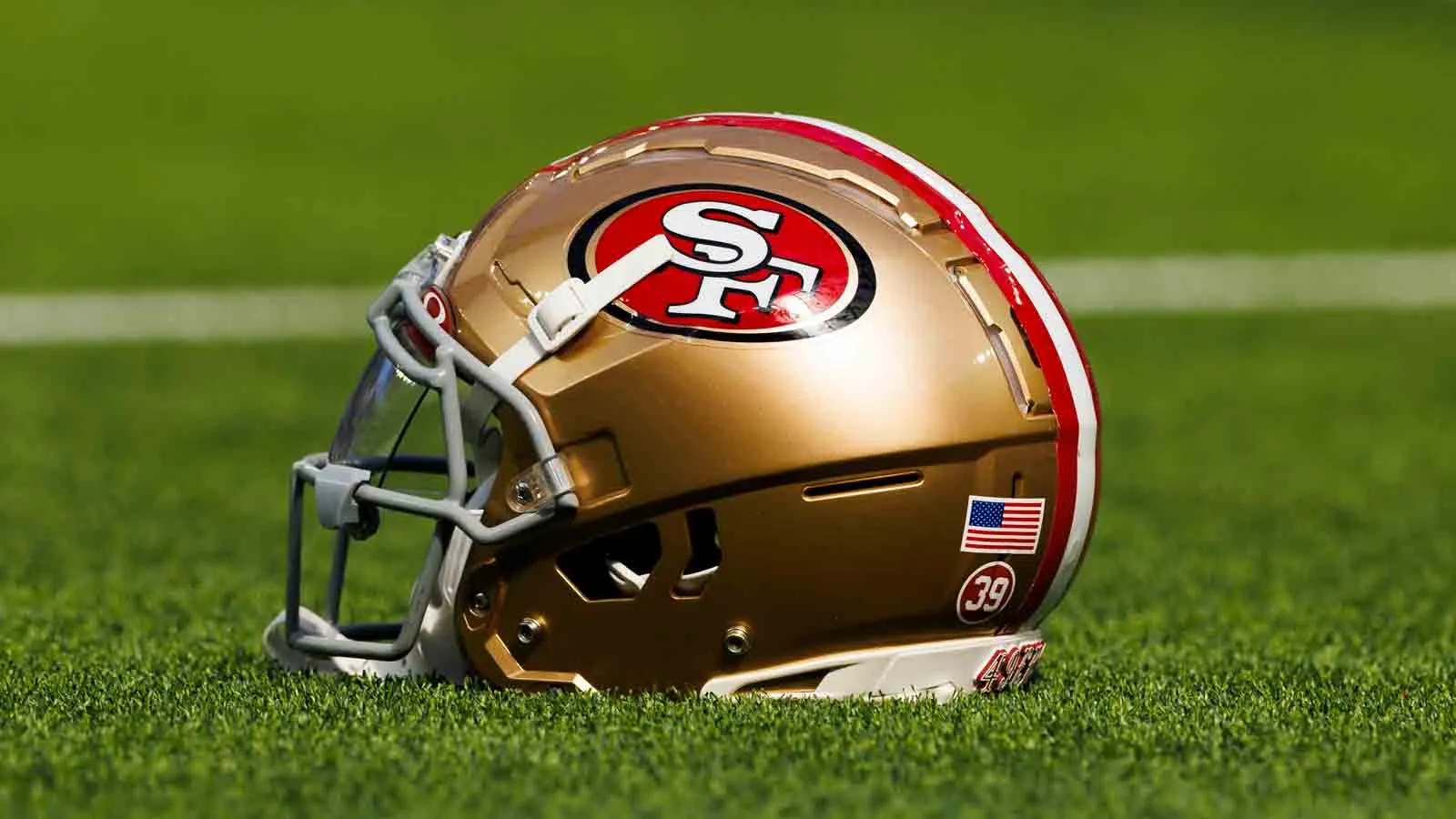
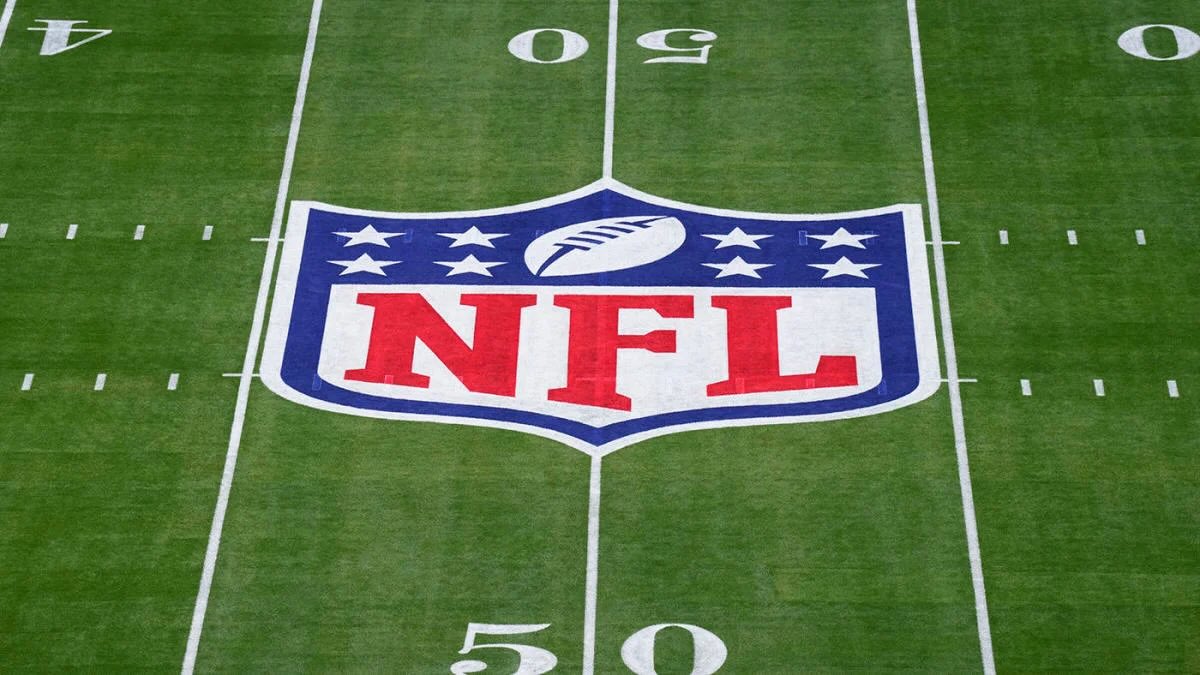
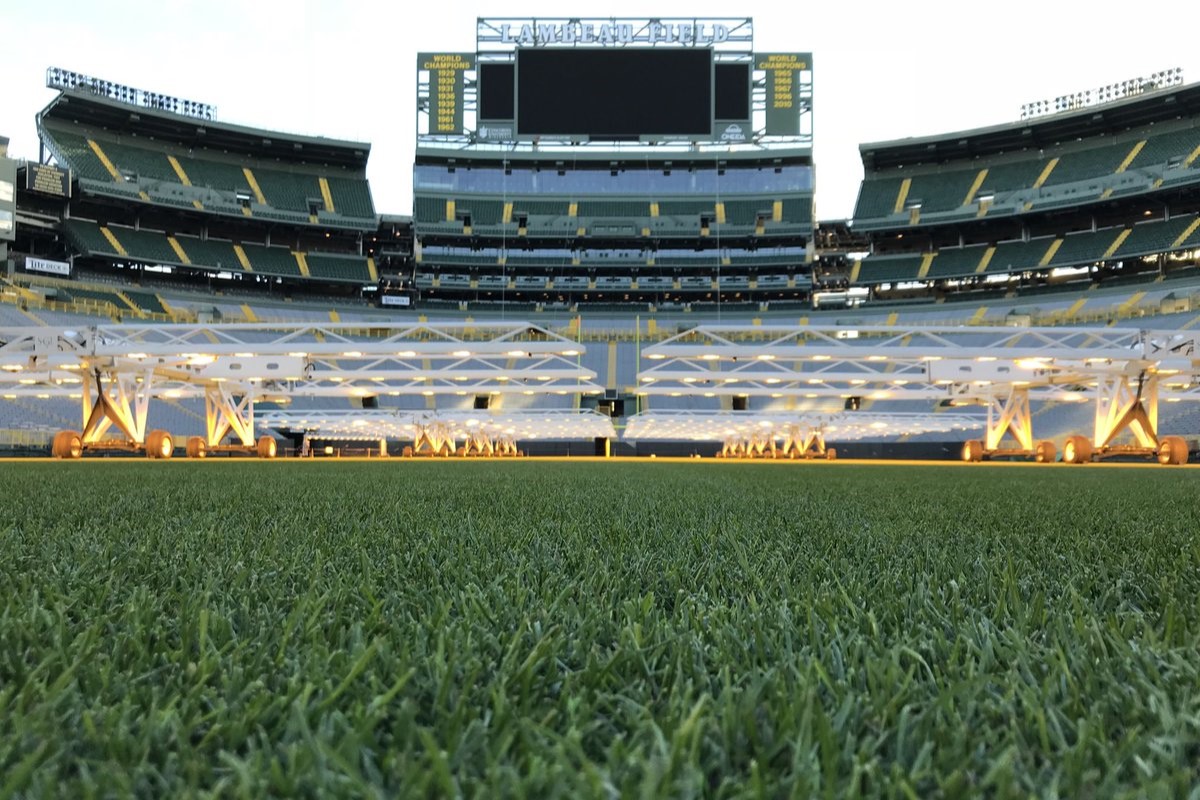
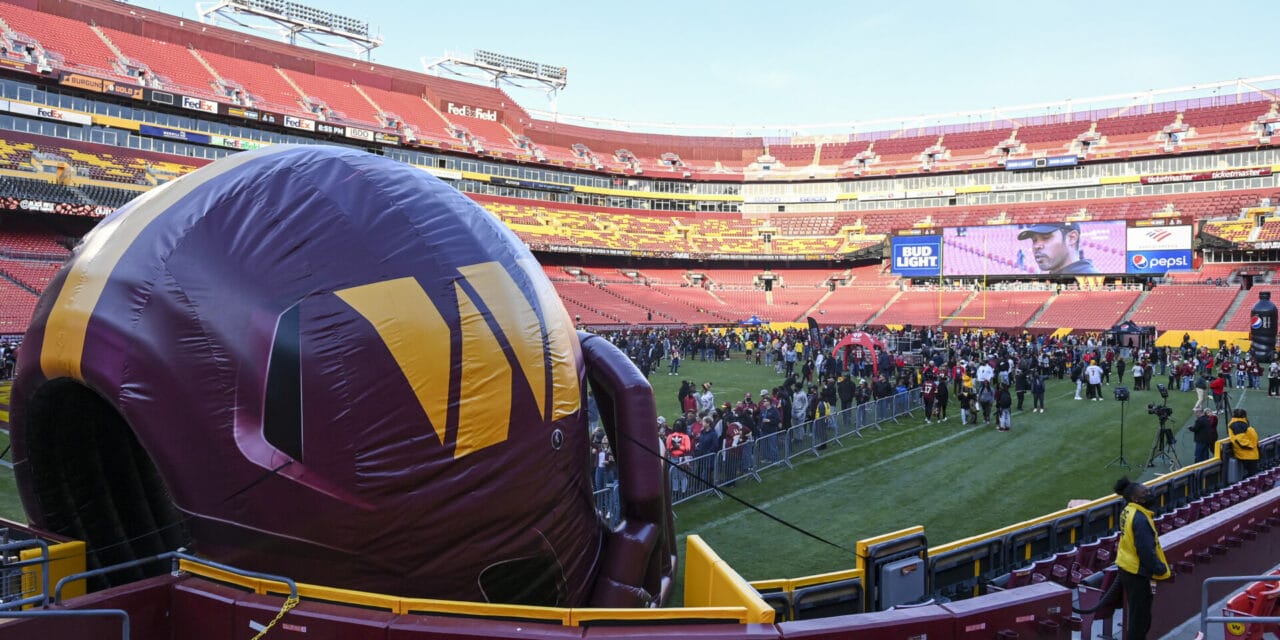
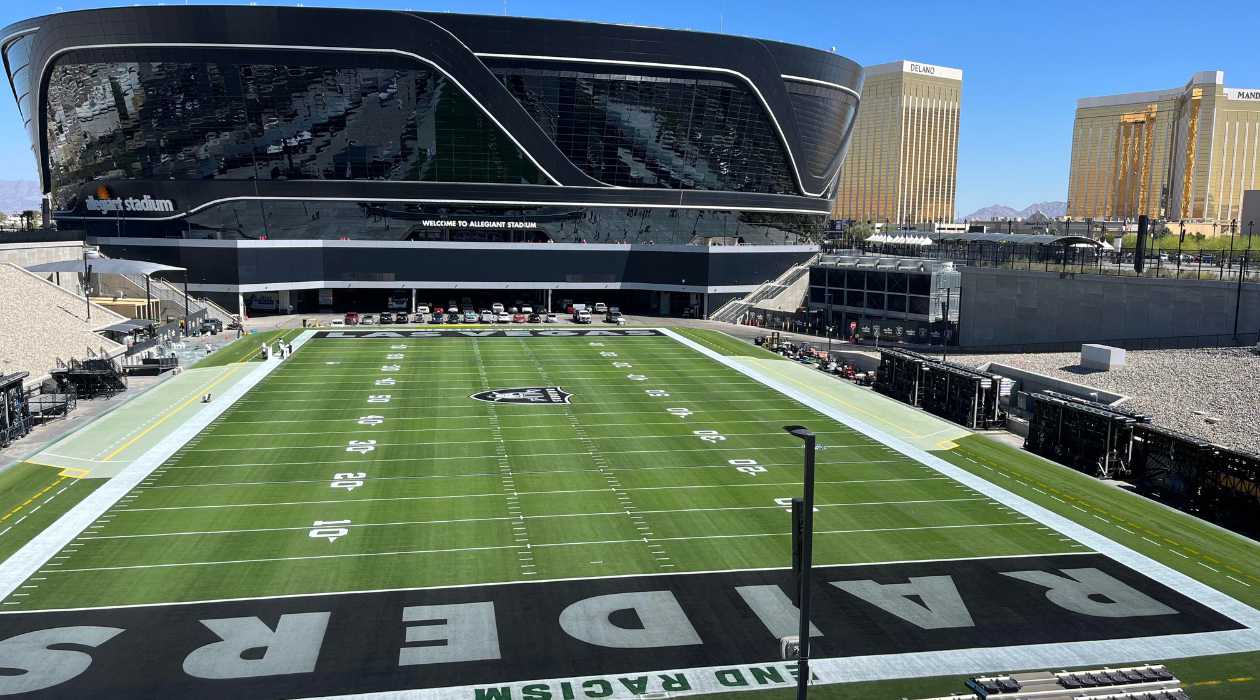
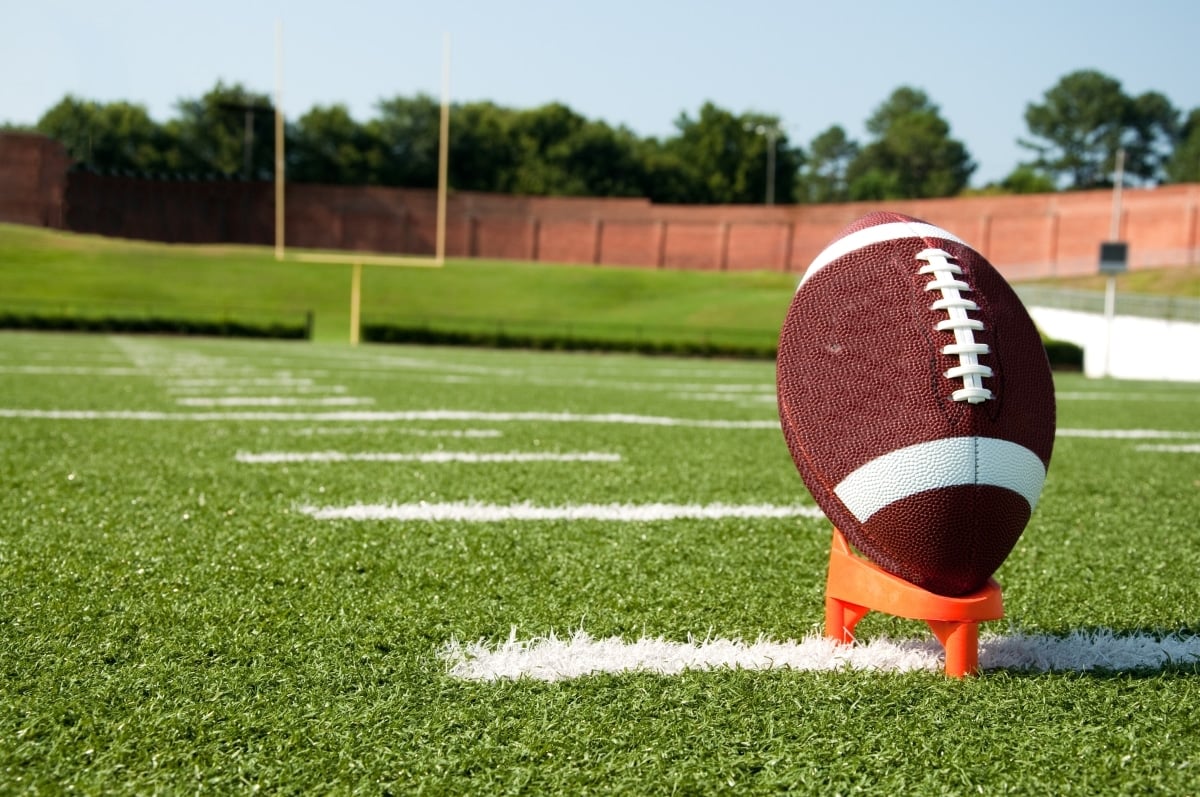
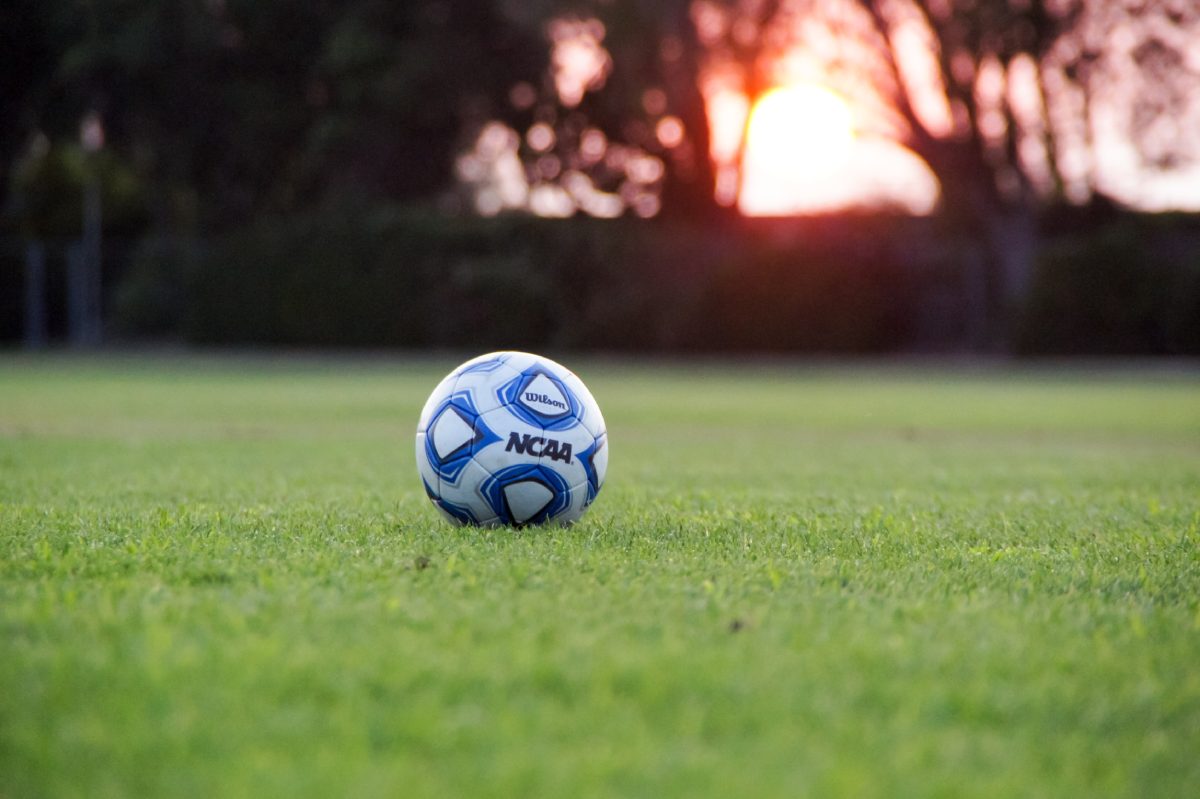
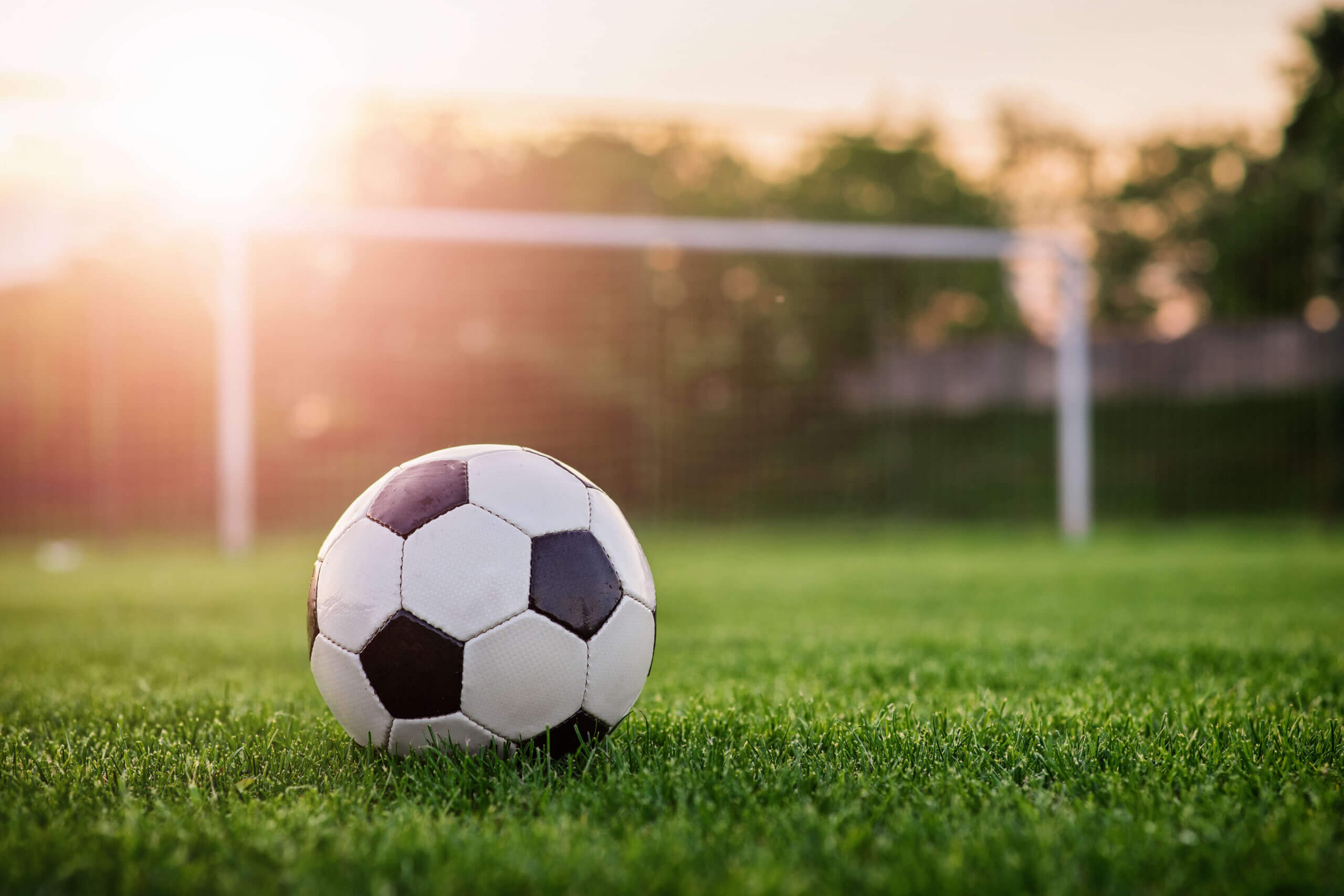
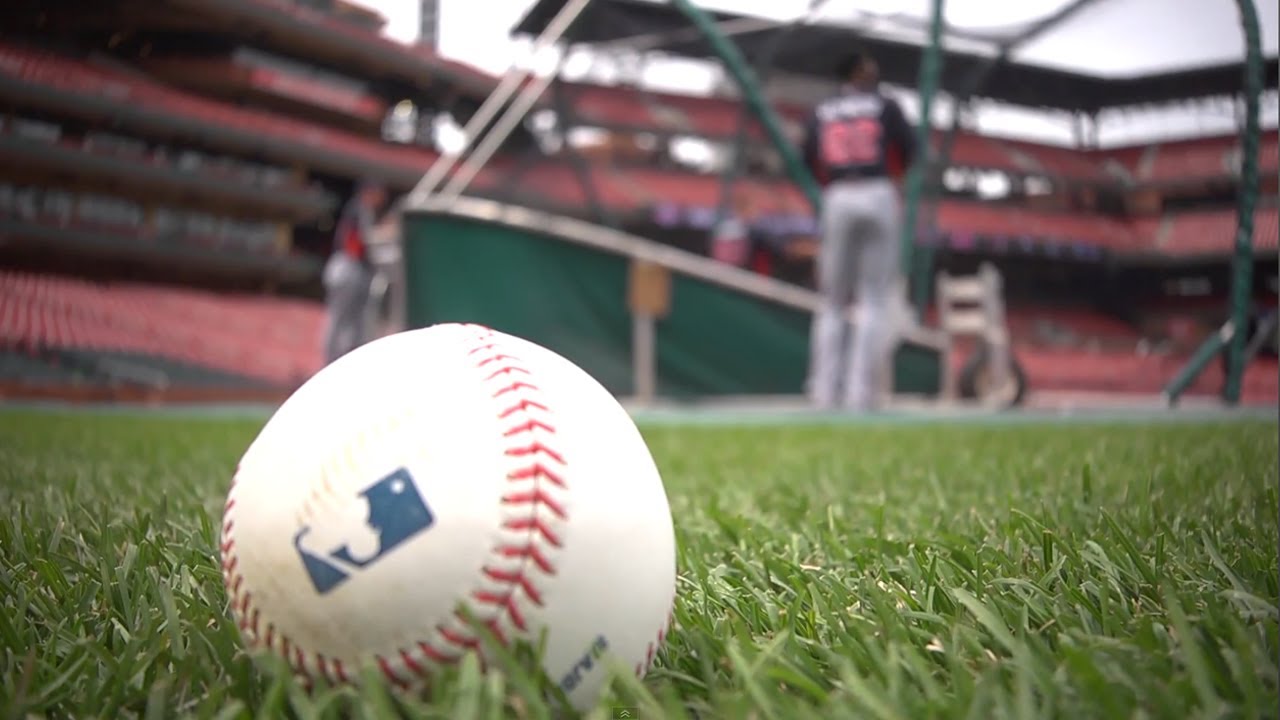
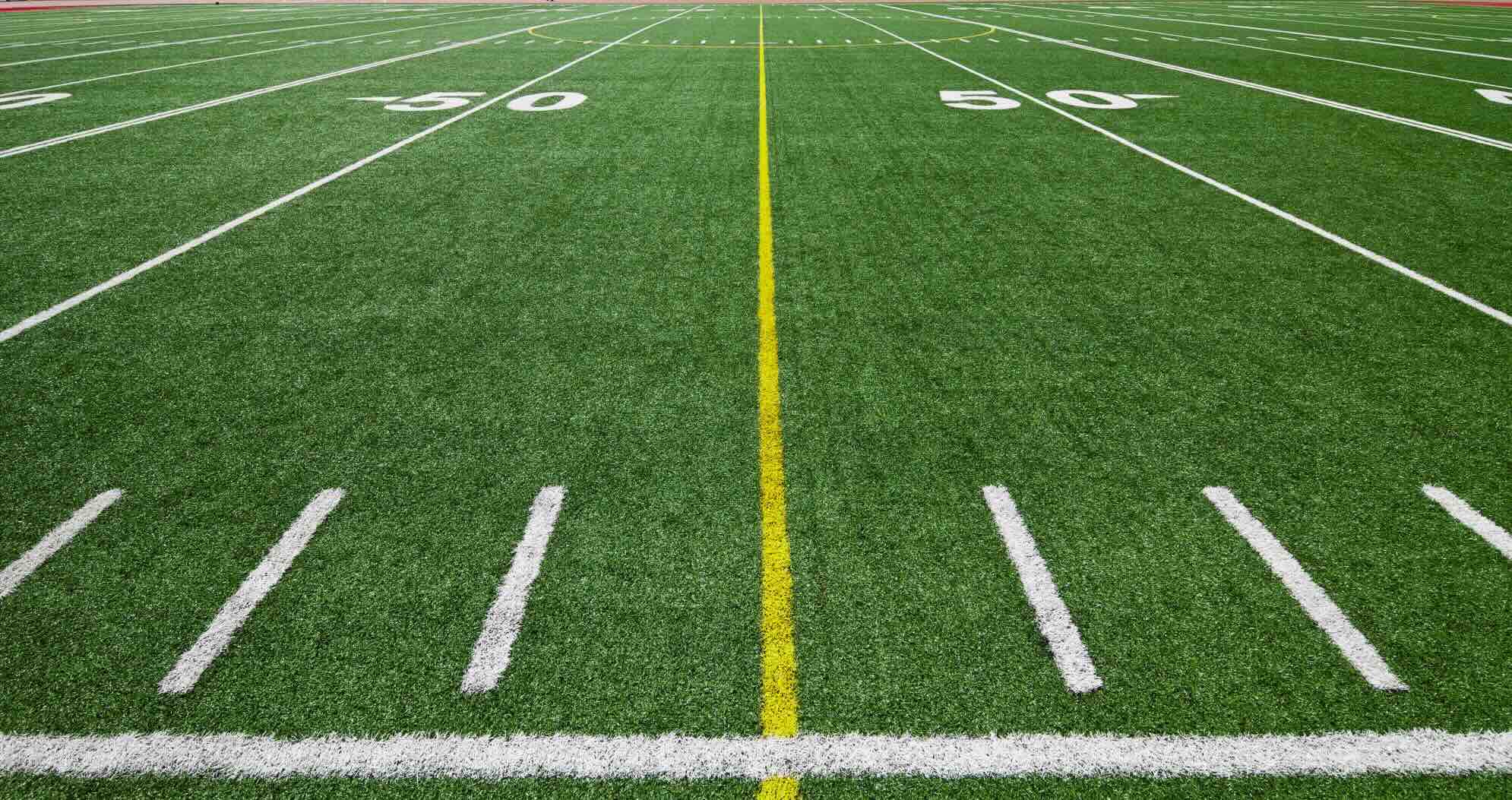
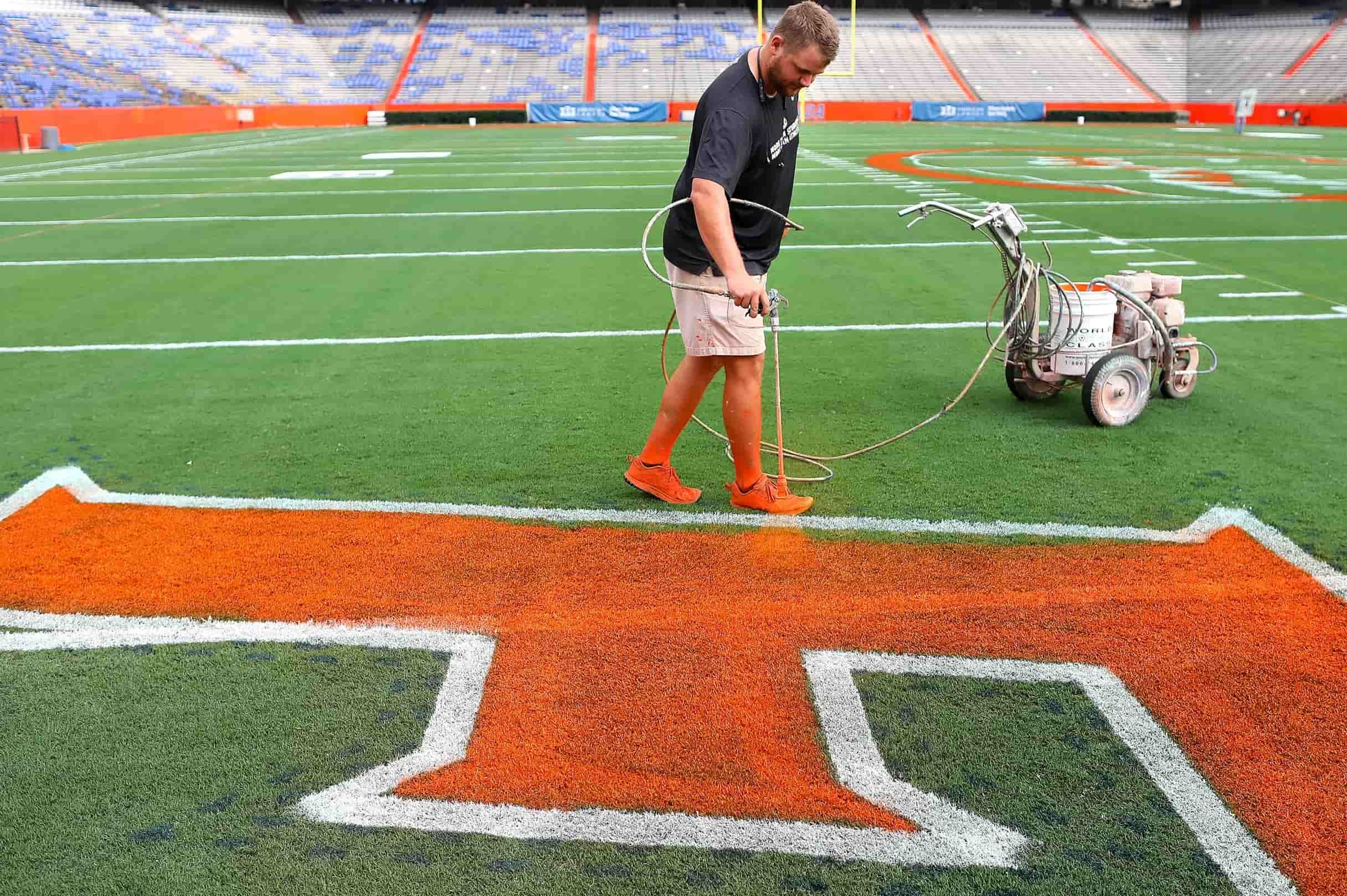
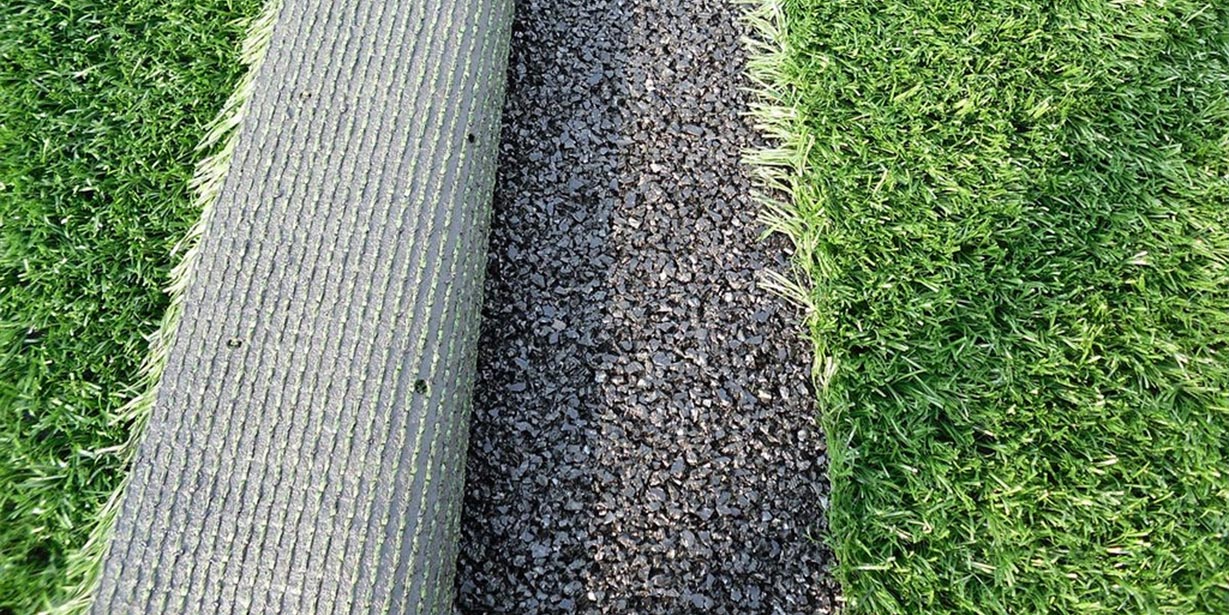
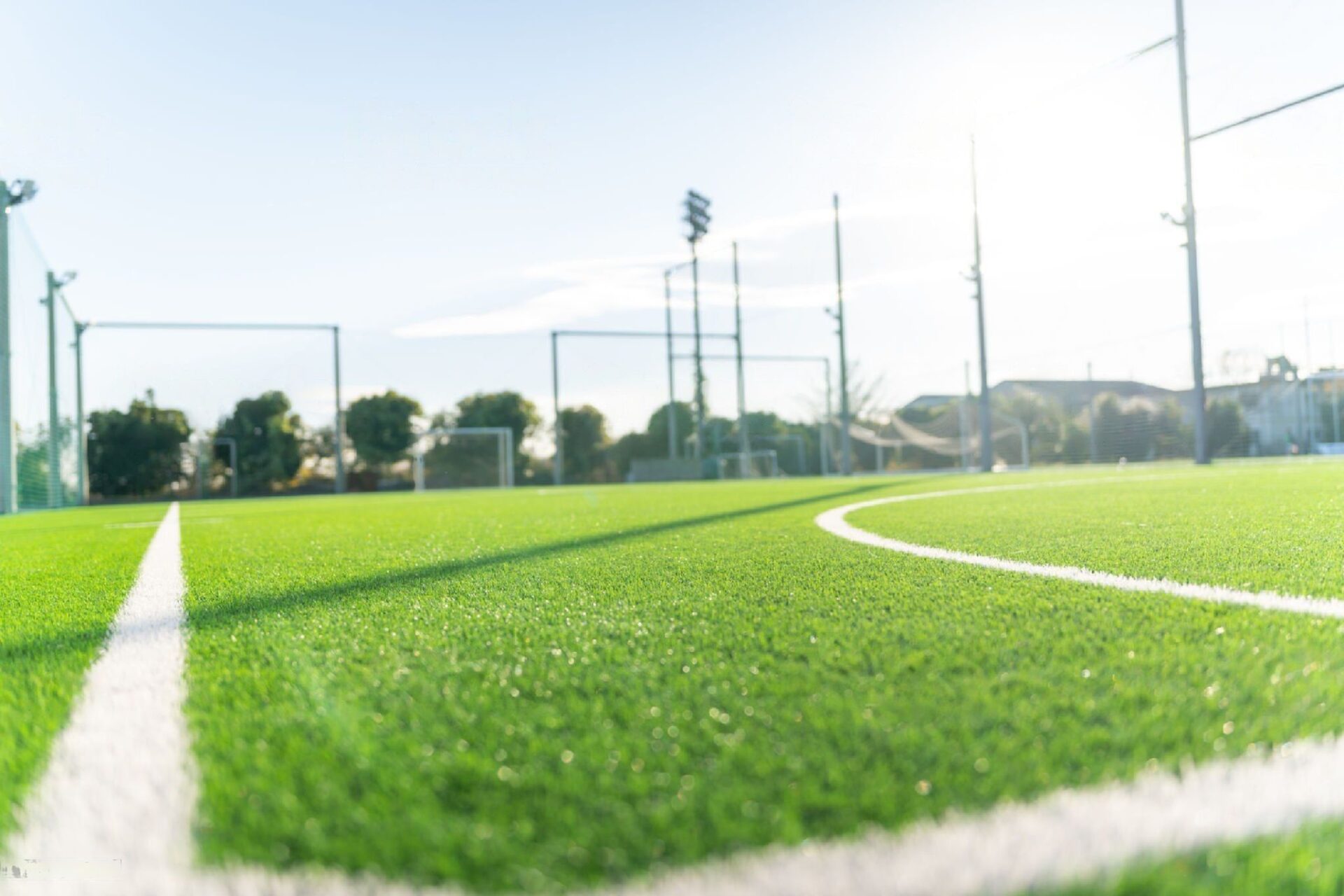

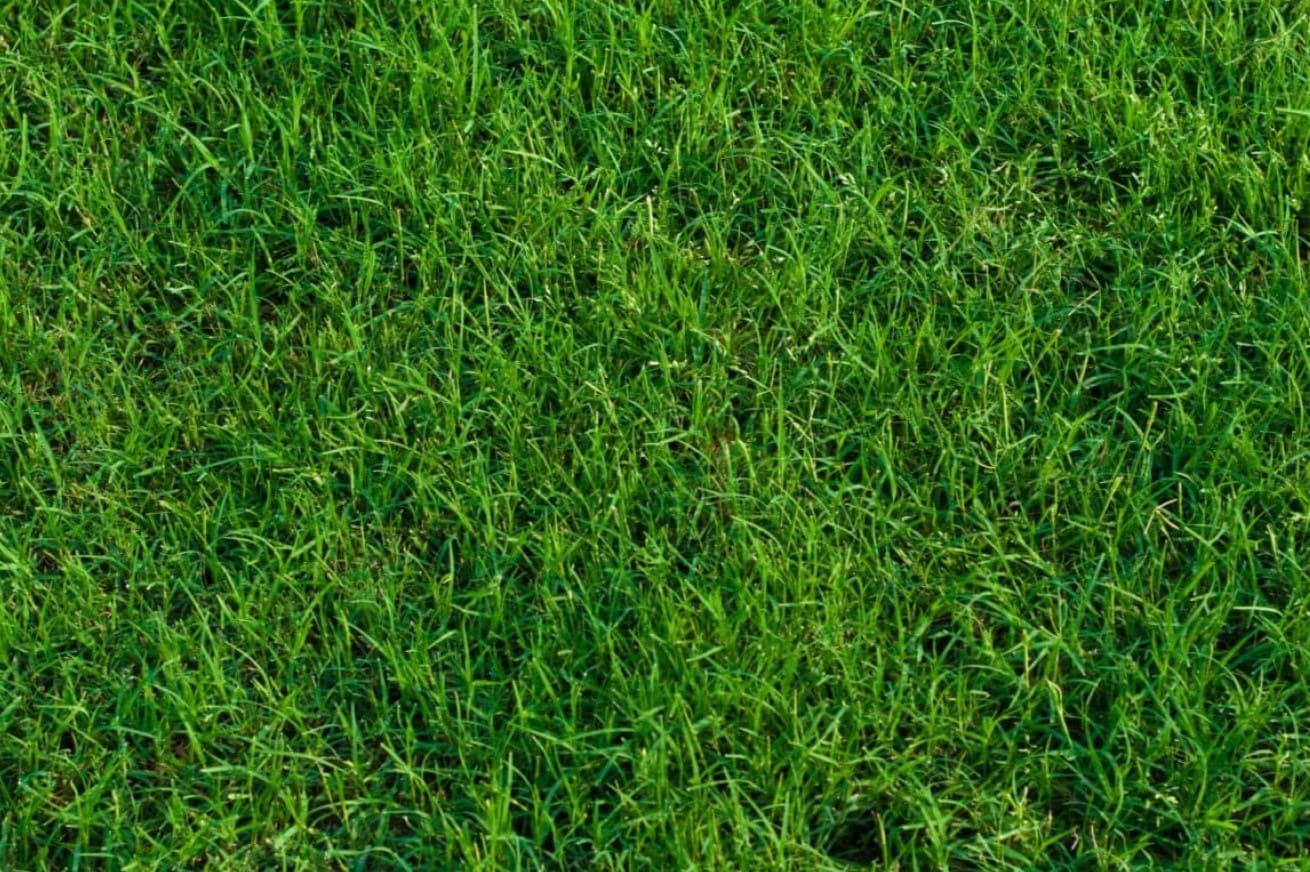

0 thoughts on “What Nfl Fields Have Real Grass”